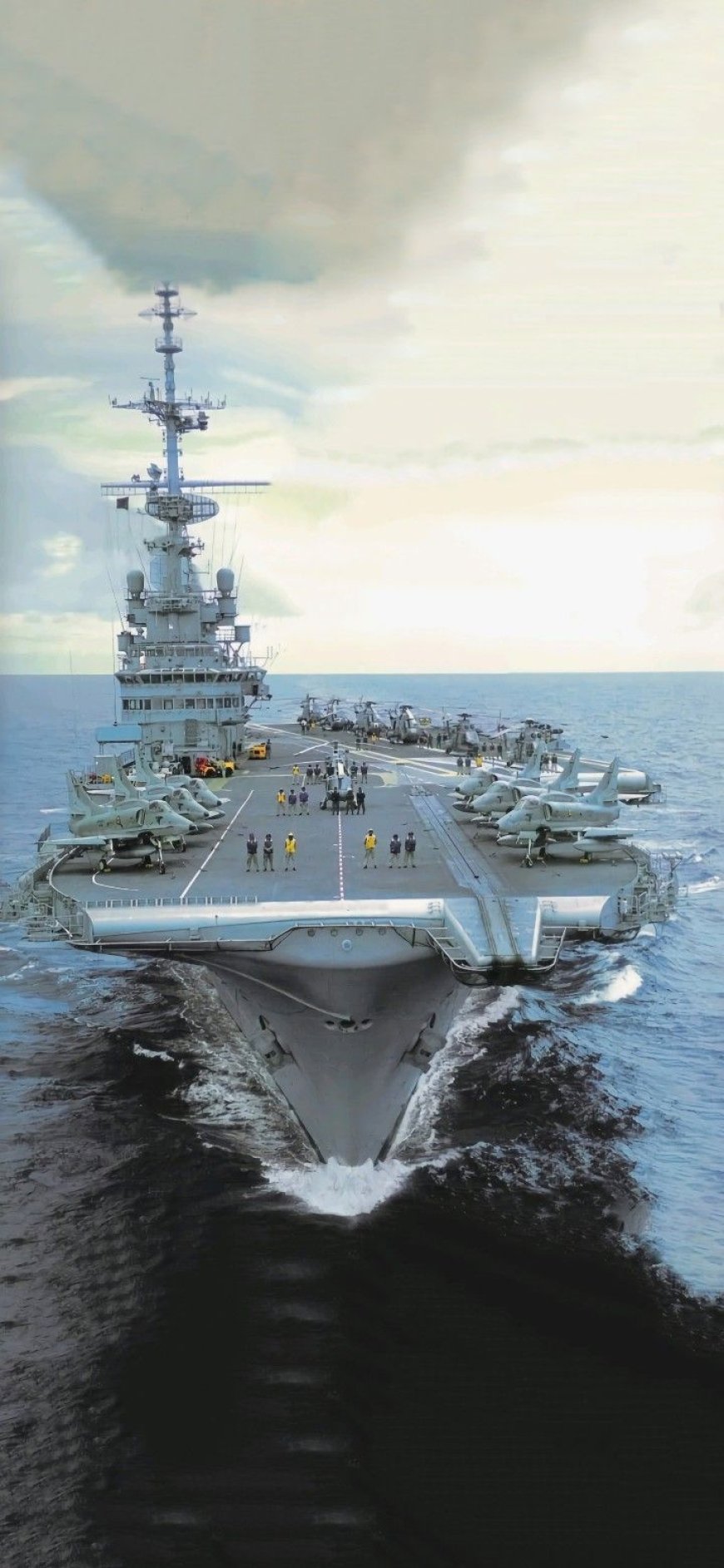10 Essential Navy Current Affairs for 2025 Shaping Maritime Power
The year 2025 stands as a landmark for global maritime strategy, naval modernization, and regional security. Dive into TheVeza’s deep-dive into the 10 essential navy current affairs for 2025, including breakthrough technologies, geopolitical shifts, and strategic alliances redefining sea power.

As the geopolitical tides continue to shift, the world's navies are transforming rapidly in 2025. From artificial intelligence and green propulsion systems to Indo-Pacific realignments and Arctic ambitions, naval operations have stepped into a new era. Here at TheVeza, we bring you a curated insight into the 10 Essential Navy Current Affairs for 2025topics that matter most for understanding the strategic evolution of global sea power.
1. AI-Driven Warfare and Autonomous Vessels
Artificial Intelligence is no longer just a concept but a force multiplier for naval power. In 2025, leading navies like those of the U.S., China, and the U.K. have deployed AI-enabled unmanned surface vessels (USVs) and submarines for surveillance, mine-sweeping, and even limited combat. These vessels are altering the dynamics of maritime engagement and reducing human risk in contested zones.
2. Quad Naval Exercises Intensify Indo-Pacific Cooperation
The Quad alliance (U.S., India, Japan, Australia) has significantly increased the scale and frequency of joint naval exercises. The 2025 edition of Exercise Malabar witnessed integrated operations featuring aircraft carriers, nuclear submarines, and amphibious assault ships, reinforcing a strategic counterbalance to Chinas maritime assertiveness in the South China Sea.
3. Green Naval Technology Takes the Helm
Climate consciousness has reached the decks of the navy. The Royal Navy and Indian Navy are pioneering the integration of hydrogen fuel cells, hybrid propulsion, and low-emission shipbuilding in 2025. These innovations not only reduce the carbon footprint but also improve operational sustainability in long-range deployments.
4. Chinas Third Aircraft Carrier Fujian Goes Fully Operational
A pivotal moment in Asia-Pacific security, Chinas Fujian aircraft carrier has become fully operational in 2025. With electromagnetic catapults and advanced radar, it boosts Beijings blue-water capability, sparking concerns among neighboring nations and reshaping force postures in the Indo-Pacific.
5. Arctic Patrol and Militarization
Melting ice has turned the Arctic into a new strategic frontier. The U.S. Navy, along with NATO allies, is increasing patrols and military infrastructure in Arctic zones. Russias expanding northern fleet presence and Chinas near-Arctic state ambitions have brought new tensions to this once-isolated region.
6. Cybersecurity Threats on the Rise
Naval cybersecurity is under siege in 2025. From GPS spoofing to network jamming, state-sponsored cyberattacks on naval assets and communication systems have escalated. As a response, navies are investing heavily in quantum encryption and decentralized data networks to protect strategic assets at sea.
7. France and India Deepen Naval Cooperation
France and India have signed an expanded naval defense pact in 2025, emphasizing joint Indo-Pacific patrols, submarine sharing agreements, and coordinated maritime domain awareness. This highlights France's commitment to Asian security and Indias growing role as a regional maritime power.
8. Africas Naval Awakening
African nations are significantly investing in naval capabilities. Nigeria, South Africa, and Egypt have launched major modernization projects in 2025, addressing issues of piracy, illegal fishing, and maritime terrorism. Multinational naval training programs led by the EU and U.S. are strengthening Africas maritime security ecosystem.
9. Expanding Role of Women in the Navy
2025 marks historic progress in gender integration within navies worldwide. From female-led warship crews to women in submarine operations, inclusivity is no longer symbolic but institutionalized. Navies are introducing gender-neutral uniforms, new policies on deployment safety, and leadership tracks to support this change.
10. Space-Navy Integration and Satellite Dominance
Space and sea are merging as strategic domains. Navies are now integrating satellite-guided targeting systems, real-time surveillance drones, and anti-satellite (ASAT) capabilities. The U.S. and China are especially active in militarizing low-earth orbit to support naval operations, making space the new high ground in maritime strategy.
Final Thoughts
As we progress through 2025, these 10 essential navy current affairs not only reflect the technological advancements but also underscore the geopolitical complexity of modern naval operations. Understanding these dynamics is crucial for policymakers, military strategists, defense enthusiasts, and citizens alike.
Sea power has always been a determinant of national strengthand in 2025, its smarter, greener, and more unpredictable than ever.






































